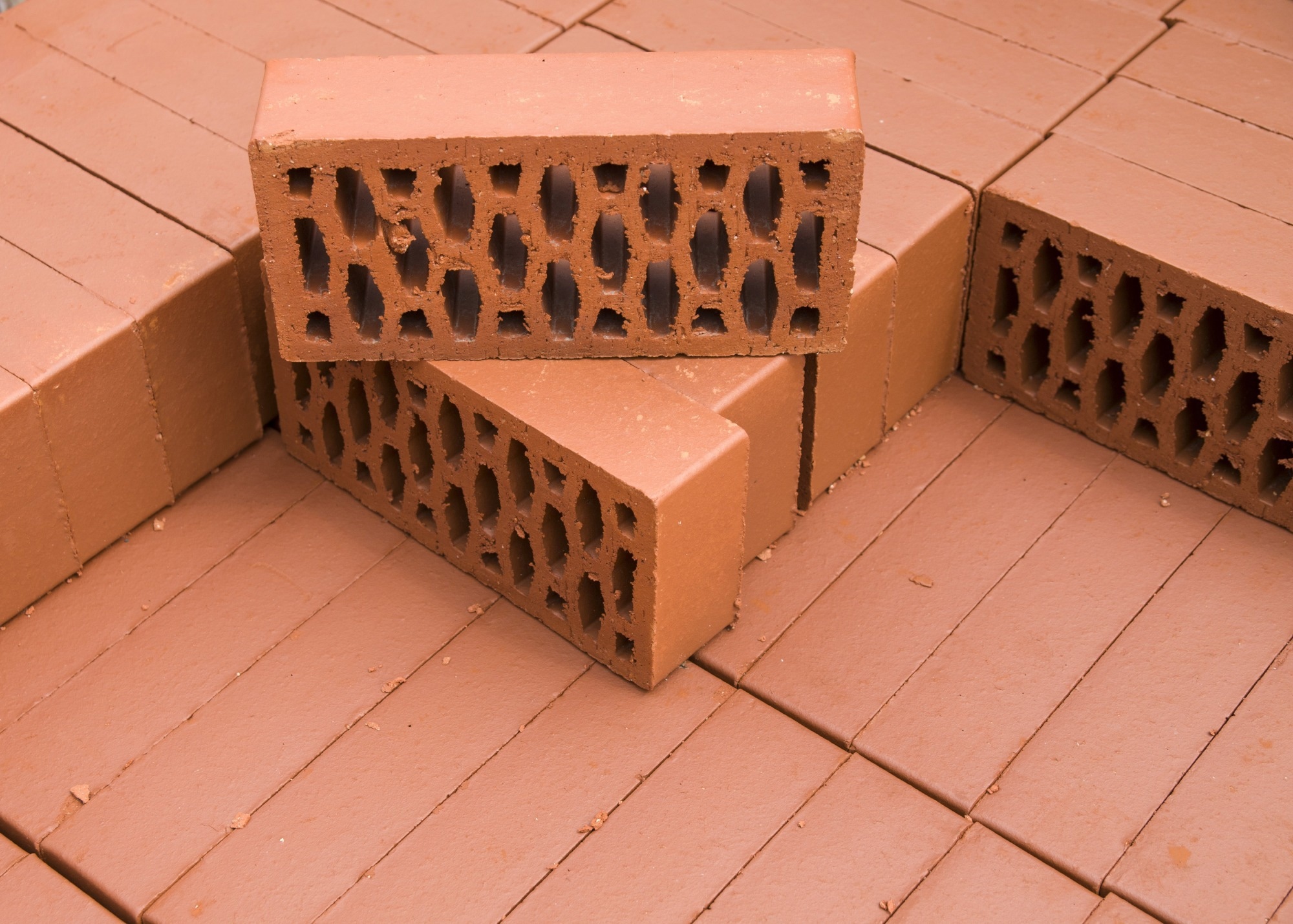Researchers have developed a chitosan-enhanced clay brick that significantly improves thermal insulation while maintaining structural strength, offering a sustainable solution for energy-efficient construction.
 Study: Lightweight thermally insulating fired clay bricks enhanced with chitosan-based clay nanocomposites for sustainable construction. Image Credit: isabela66/Shutterstock.com
Study: Lightweight thermally insulating fired clay bricks enhanced with chitosan-based clay nanocomposites for sustainable construction. Image Credit: isabela66/Shutterstock.com
In a study published in Scientific Reports, scientists tested the effects of adding chitosan (CS) - a natural biopolymer - to traditional fired clay bricks. By experimenting with different CS concentrations (0 %, 2 %, 4 %, 6 %, and 8 %), they evaluated how this additive influences the bricks' structural, thermal, and mechanical performance.
Background
Earthen materials are already valued in sustainable construction for their durability, natural insulation properties, and low environmental footprint. But enhancing these qualities could make them even more effective for modern building needs.
That’s where chitosan comes in. Known for its strength and biodegradability, CS has the potential to reinforce clay bricks, improving both their resilience and their thermal efficiency. While the benefits of chitosan have been explored in other materials, its role in high-temperature, clay-based construction has been largely overlooked - until now.
Methods
To explore this potential, researchers used clay from Egypt’s Esna Formation (Farafra Oasis) and mixed it with varying proportions of commercially sourced chitosan. The samples - ranging from pure clay (CCS0 %) to an 8 % CS blend (CCS8 %) - were shaped into bricks, air-dried for three days, and fired at 1100 °C for four hours.
They then used a suite of analysis techniques to examine how chitosan affected each brick’s internal structure and behavior.
X-ray diffraction (XRD) tracked changes in mineral composition, while Fourier transform infrared (FTIR) spectroscopy captured evidence of new chemical bonds. Thermal stability was assessed through thermogravimetric analysis (TGA), and surface features were examined using field emission scanning electron microscopy (FESEM). To round out the testing, they measured porosity, bulk density, and compressive strength - key indicators of real-world performance.
Results and Discussion
The standout performer was the CCS6 % sample, which showed the lowest thermal conductivity and diffusivity of all. This suggests a material especially well-suited for insulation applications. The improved performance came down to a more porous internal structure, a lighter overall density, and the formation of stable chemical bonds between CS and the clay - confirmed through all the key analytical methods.
XRD results indicated enhanced crystalline organization in CS-doped bricks. FTIR data revealed the presence of chitosan-related functional groups (C=O, N–H, and Si–O–Al), indicating strong interactions between the CS and clay matrix. FESEM images backed this up visually, showing a more open and irregular pore structure compared to the smoother, denser appearance of the undoped samples.
Physically, the benefits were clear. CS integration led to increased porosity (from 33.2 % to 47.9 %), a drop in bulk density (1.84 to 1.29 g/cm3), and improved compressive strength (0.768 to 1.232 MPa). The CCS6 % blend also reached a low thermal conductivity of 0.2334 W/m·K - nearly a 32 % reduction compared to the undoped sample.
Interestingly, drying shrinkage decreased as CS content increased. This was likely due to weaker adhesion between CS and clay particles, along with CS’s ability to retain water - factors that influence how the material responds during the firing process.
Conclusion
This study demonstrates that small additions of chitosan can significantly improve the thermal and structural performance of fired clay bricks. As the percentage of CS increased, the bricks became better insulators, without sacrificing strength or integrity. These findings open the door to more sustainable, energy-efficient building materials made from abundant natural resources.
Journal Reference
Shahat, M. A., & Soliman, W. (2025). Lightweight thermally insulating fired clay bricks enhanced with chitosan-based clay nanocomposites for sustainable construction. Scientific Reports, 15(1). DOI: 10.1038/s41598-025-11790-5. https://www.nature.com/articles/s41598-025-11790-5
Disclaimer: The views expressed here are those of the author expressed in their private capacity and do not necessarily represent the views of AZoM.com Limited T/A AZoNetwork the owner and operator of this website. This disclaimer forms part of the Terms and conditions of use of this website.